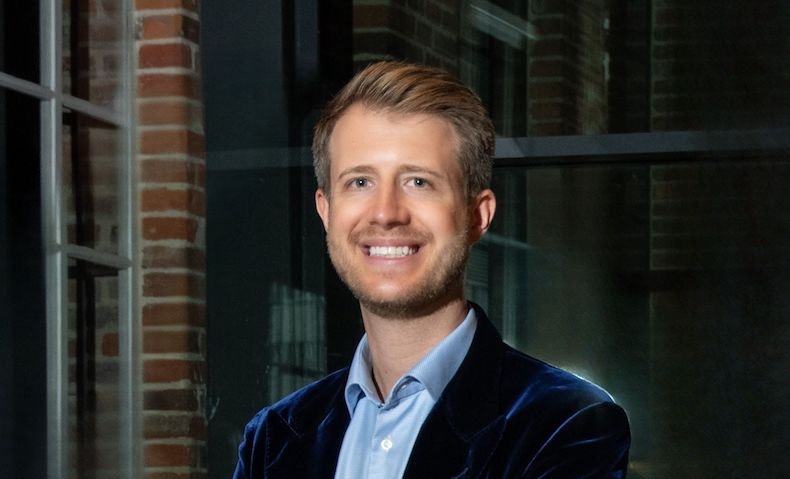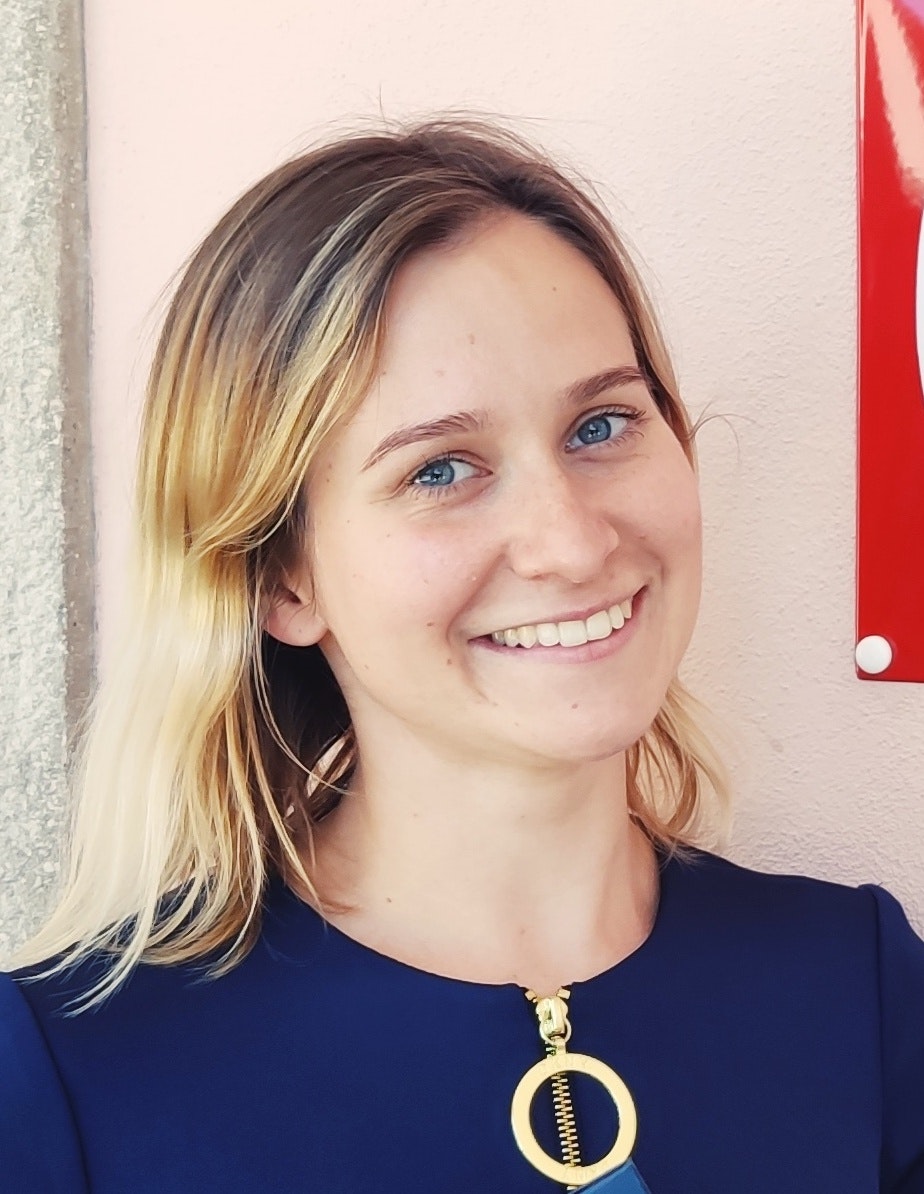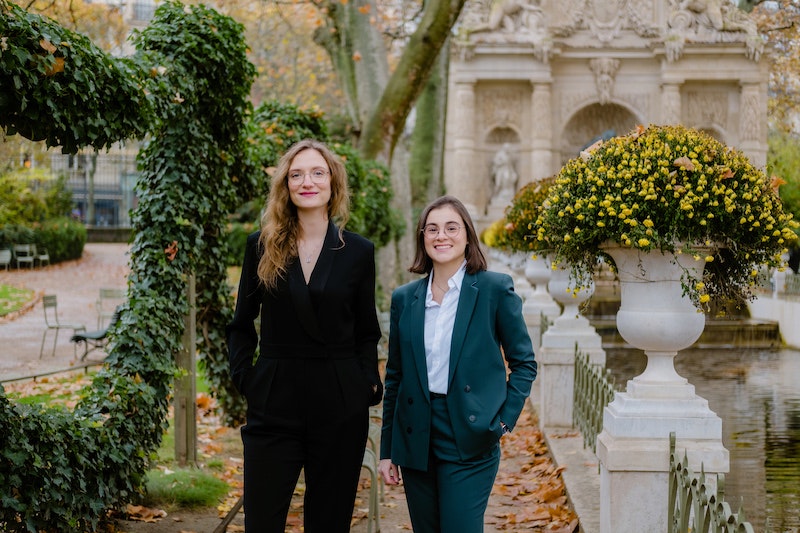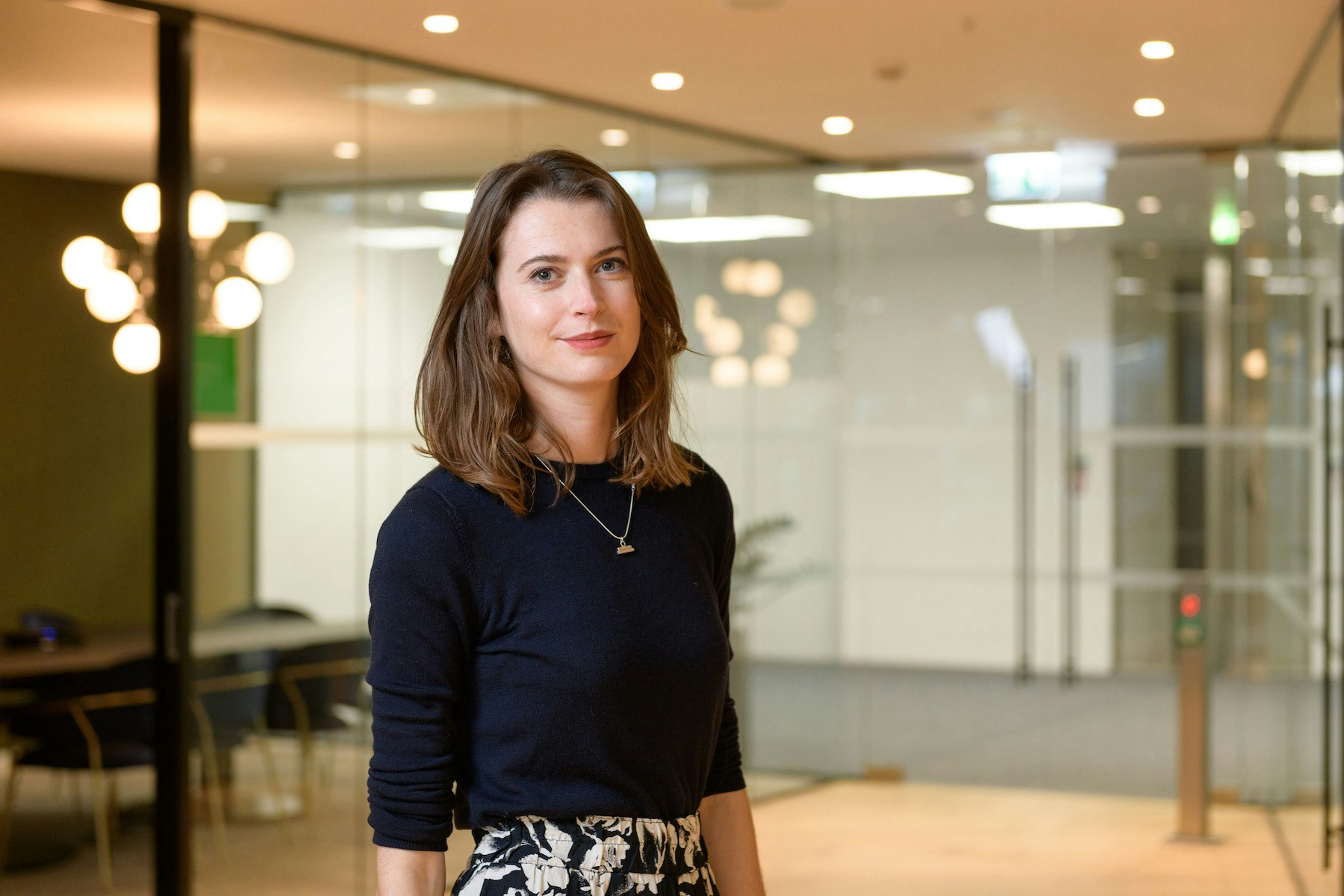So you’ve just raised pre-seed funding, but where should you spend it?
As a founder it can be hard to know — especially as a pre-seed round is often the first significant cash injection your startup will get.
Is splashing on marketing a good idea? Do you scale your team? What about research and development?
Sifted turned to founders and VCs to find out.
👉 Read: 10 types of funding for startups — explained
What is pre-seed funding?
Pre-seed funding tends to be the first large injection of cash a startup receives and is the first opportunity for VCs to support your business.
The average pre-seed startup valuation can fall between $500k-5m and the average pre-seed round between $100k-1m — but the total raised can vary hugely depending on how developed your proof of concept is, who exactly the investors are and what sector you’re in.
What is pre-seed funding used for?
A pre-seed funding round is used "to show that you are more than intelligent, hard-working individuals with a big goal,” says Dr Marcus Erken, cofounder and managing partner of Sunfish Partners, an early-stage VC investing in Polish deeptech startups. "It is to show that you can build a team, understand the market you are operating in, understand who your potential customers are and how to engage with them."

So where should you actually spend your money?
Oliver Kicks, principal at Concept Ventures, the UK’s largest pre-seed fund, sees pre-seed funding as the opportunity to really get to the core of what your business is all about.
This could involve spending on:
- Hypothesis testing;
- Ensuring you and your team can demonstrate that there is a solid business case for what you’re building. This often takes the form of a minimum viable product (MVP), which for software-based startups could be made using low/no-code tools such as Retool, Airtable or Bubble;
- Pivoting or restarting if founders fail to reach product-market fit (PMF) at the first attempt;
- Further research and development;
- Hiring the right people who will be able to accelerate building an MVP.
“In most scenarios, founders will fail to reach the fabled PMF at first attempt,” says Kicks. “This is often why it’s recommended to raise a little more to offer a buffer.”
Think deeply about whether these hires really are moving the needle for you early on. More often than not, you as founders could be the best people to do this scrappy early work
Hiring should be a key consideration at the pre-seed stage, he adds, but how you implement this will depend heavily on the sort of business you are building.
If you’re a B2B SaaS startup, for example, he says you will likely want a mixture of people with experience in your respective industry, as well as software engineers to build out the early MVP. If you’re a mobile game studio, you’ll want to build a team that can develop, test and iterate on mobile content. For a deeptech startup, the majority — if not all — of your early employees will be focused on research and development.

“Think deeply about whether these hires really are moving the needle for you early on. More often than not, you as founders could be the best people to do this scrappy early work.”
Kicks also recommends avoiding spending on marketing that may prematurely scale your business, given it will be “too soon and likely inefficient and wasteful”.
How much of your pre-seed funding should you spend in each area?
When it comes to allocating funds to different areas of your business, Erken recommends founders ask themselves four questions:
- Why did you start this company?
- What’s the big problem you are obsessed with?
- What main risks need to be eliminated to get you there, such as market, team, technology or regulation?
- Can you eliminate at least one of these risks significantly in this round and become much less risky from an investor’s point of view? If so, that should dramatically increase your company’s value in the next round.
After answering these questions, Erken recommends working backwards on what resources are needed to get you there.
“There is no perfect split that applies to all startups,” he says. “But as an example, our deeptech startups mostly spend on research and development, business development and hiring.”
What I learned [with hiring] is that even if you feel overwhelmed from day one, make sure that every investment in people is worth it
For Marta Łącka, CEO and cofounder at Quantia, half of the pre-seed round her startup has raised will be spent on building an MVP — this is because it’s what Łącka believes will bring Quantia long-term technical defensibility in a competitive market. Quantia’s second biggest investment will be hiring.
“What I learned [with hiring] is that even if you feel overwhelmed from day one, make sure that every investment in people is worth it,” says Łącka. “People are often the highest costs and you don’t want to hire someone that you will want to fire in the next six months — remember, this investment will create much more costs than the actual salary of the person.”
Łącka says that the final 20-30% of her pre-seed round will be allocated to operations and marketing, as well as the outsourcing costs of lawyers, accountants and other professionals the business needs that founders often forget about.

Astrid Gyllenkrok Kristensen is cofounder and CEO at LEIA, a Swedish healthtech startup that focuses on supporting new parents and reinventing postpartum care for the digital age. LEIA announced its €1.4m pre-seed round earlier this year.
When deciding how to split its pre-seed funding across each business function — such as marketing, development and hiring — LEIA is using objectives and key results (OKRs) as a framework for figuring out associated costs with each department. Around 80% is being spent on hiring and development, and the rest on learning how to best optimise user acquisition through marketing, partnerships and PR.
Gyllenkrok Kristensen says the team started with the main objectives it wanted to achieve during the runway period — the number of months a startup can operate before it runs out of money — and where they needed to be at the end of that period to close a successful seed round. They then broke those objectives down into key results and activities.
“Next, we looked at what skills were needed to optimise those activities — that usually gives you an indication on what roles you need to hire,” she says. “In an early-stage startup, however, all of the above is still a betting game, so we are working in some ad hoc changes and flexibility if some of the bets we’ve made early on prove not to work out.
Start building your recruitment pipeline before closing the round — this will help you move quickly when you do close
“My learning is to keep the team lean and focused on product and tech before you have PMF and have validated your business model,” she adds.
Claire Nouet, cofounder and COO at French AI startup Pathway, agrees. After raising its $4.5m pre-seed round in December, the team took some time to consider how exactly to distribute the money across the business.

“Be strategic about spending the money and make your company objectives clear so every dollar spent is worth it,” says Nouet. “As well, start building your recruitment pipeline before closing the round — this will help you move quickly when you do close.
“We have focused on investing in the product and hiring new tech talent. We have also begun building new functions like recruiting vendors for content, growth and marketing.
“We have invested in marketing to an extent that allows us to better inform and create our product strategy. We’ve also made small investments in experiments to hopefully identify future growth machines.”
How long should pre-seed funding last?
In addition to allocating investment wisely within the business, it’s also integral to plan ahead with how long you want your pre-seed funding to last, and when you plan to raise your seed round. Kicks believes there is no hard-and-fast rule as to timelines, and notes that he’s seen teams go from pre-seed to seed in a matter of weeks.
Common advice we’re giving is to aim for an 18-month runway following your raise. This should give you plenty of buffer and tide you through to hopefully more favourable market conditions when seeking to raise your seed round
“The reality in 2023 is that macro conditions have added uncertainty at every level of the economy, leading to more conservative approaches from VCs and startups alike,” says Kicks.
“Common advice we’re giving is to aim for an 18-month runway following your raise. This should give you plenty of buffer and tide you through to hopefully more favourable market conditions when seeking to raise your seed round.”
Erken agrees, saying that Sunfish Partners advises its deeptech startups to aim for pre-seed funding to last 18-24 months.
“You should have made massive progress by no later than six months before that point, and that is when you most likely will start raising your next round,” he adds.
Ideally, you should be looking to raise your seed round once you have achieved some level of validation from your early users or customers, and be able to show this at some small level of scale. Kicks says that you will hopefully achieve this at a comfortable stage through your runway so that you aren’t starving for cash, something that would give seed investors additional leverage.


